Home>Articles>How Much Is Vinyl Siding For A 1500 Sq Ft House
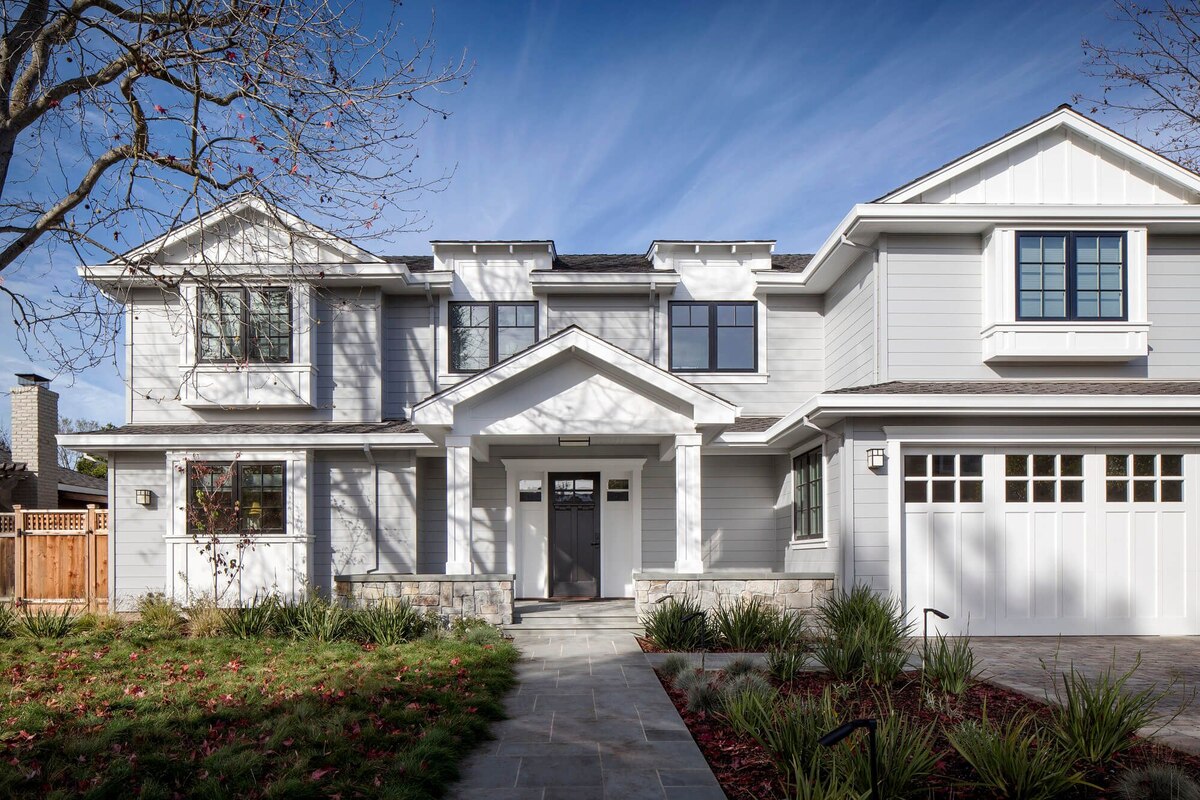

Articles
How Much Is Vinyl Siding For A 1500 Sq Ft House
Modified: February 23, 2024
Looking for articles on how much vinyl siding costs for a 1500 sq ft house? Get expert insights and find the best prices for your home renovation project.
(Many of the links in this article redirect to a specific reviewed product. Your purchase of these products through affiliate links helps to generate commission for Storables.com, at no extra cost. Learn more)
Introduction
Welcome to our comprehensive guide on the cost of vinyl siding for a 1500 sq ft house. If you’re considering remodeling your home’s exterior or looking for an affordable and durable option for new construction, vinyl siding is a popular choice. Not only does it offer a stylish and attractive appearance, but it also provides protection against the elements and requires minimal maintenance.
However, before diving into the world of vinyl siding, it’s essential to understand the factors that influence its cost, the average prices you can expect to pay, and the additional expenses that may arise. By having a clear understanding of the overall costs involved, you can make an informed decision and stay within your budget.
In this article, we’ll explore the various aspects that determine the cost of vinyl siding for a 1500 sq ft house. We’ll also discuss the different materials and labor involved, as well as additional expenses you should consider. Additionally, we’ll provide tips on choosing the right vinyl siding for your house and explore the pros and cons of DIY installation versus hiring a professional.
So, for all the homeowners out there looking to upgrade their home’s exterior or embark on a new construction project, let’s dive into the fascinating world of vinyl siding and discover how much it will cost for a 1500 sq ft house.
Key Takeaways:
- When budgeting for vinyl siding for a 1500 sq ft house, consider factors like material quality, labor costs, and additional expenses. Balance your budget with the desired aesthetic appeal and durability.
- Whether opting for DIY or professional installation, weigh the cost savings, expertise, and warranty coverage. Choose high-quality materials and installation for long-term value and curb appeal.
Factors that Determine the Cost of Vinyl Siding
When determining the cost of vinyl siding for a 1500 sq ft house, several factors come into play. Understanding these factors will help you estimate the overall expenses involved in your siding project. Here are the key elements that influence the cost:
- Siding Material: The type and quality of vinyl siding you choose will have a significant impact on the cost. Higher-quality materials often come with a higher price tag but offer enhanced durability, aesthetic appeal, and resistance to fading and weathering.
- Siding Thickness: Thicker vinyl siding panels tend to be more expensive than thinner ones. Thicker siding not only increases the overall quality of the installation but also provides better insulation and resistance to impacts.
- House Size: The square footage of your house is a primary consideration in determining the cost. A 1500 sq ft house will require fewer materials and labor compared to a larger property, resulting in lower overall costs.
- Siding Style: The style of vinyl siding you choose will impact the cost. There are various styles available, such as traditional lap siding, vertical panels, shakes, and shingles. Each style has its unique characteristics and price range.
- Additional Features: The inclusion of additional features like soffit, fascia, trim, and corner posts will add to the overall cost. These elements not only provide a polished look but also play a crucial role in protecting your home’s exterior.
- Installation Complexity: The complexity of the installation, including factors such as the number of corners, windows, and doors, can affect the cost. The more intricate the project, the more time and labor it will require, which can increase the overall expenses.
- Geographic Location: The cost of labor and materials can vary depending on your geographic location. Factors such as supply and demand, local regulations, and the cost of living in your area can all influence the overall price.
Keep these factors in mind as you consider the cost of vinyl siding for your 1500 sq ft house. Each element contributes to the overall price, and it’s essential to strike a balance between your budget and the quality and aesthetic appeal you desire for your home’s exterior.
Average Cost of Vinyl Siding Installation
When it comes to the average cost of vinyl siding installation for a 1500 sq ft house, it’s important to consider both the material cost and the labor cost. The total cost will depend on various factors such as the quality of the siding, the complexity of the installation, and your geographic location. Here’s a breakdown of the average cost you can expect:
Material Cost:
The cost of the vinyl siding materials typically ranges from $2 to $7 per square foot. This means that for a 1500 sq ft house, you can expect to spend between $3,000 and $10,500 on materials alone. Remember that higher-quality siding materials tend to cost more but offer added durability and visual appeal.
Labor Cost:
The labor cost for vinyl siding installation can range from $2 to $5 per square foot. For a 1500 sq ft house, this translates to an average labor cost of $3,000 to $7,500. The labor cost may vary depending on the complexity of the installation, the number of corners, windows, and doors, and whether any additional features or trim work are involved.
Total Cost:
Taking into account both the material cost and the labor cost, the average total cost of vinyl siding installation for a 1500 sq ft house ranges from $6,000 to $18,000. This estimate provides a general guideline, but it’s important to obtain quotes from multiple contractors to get a more accurate assessment based on your specific requirements.
It’s worth noting that the prices mentioned are subject to variations based on geographic location, market trends, and any additional customization or features you select. To ensure an accurate estimate, consult with professional contractors who can assess your specific needs and provide an itemized breakdown of the costs involved.
Keep in mind that while vinyl siding offers long-term cost savings due to its low maintenance requirements and durability, the initial investment can vary. By understanding the average cost of vinyl siding installation, you can make an informed decision and plan your budget accordingly.
Cost Breakdown by Materials and Labor
When determining the cost of vinyl siding installation for a 1500 sq ft house, it’s helpful to understand the breakdown of expenses between materials and labor. This breakdown will give you a clearer picture of where your money is being allocated. Here’s a detailed cost breakdown:
Materials:
The cost of vinyl siding materials typically accounts for 40% to 60% of the total project cost. For a 1500 sq ft house, this translates to an average cost of $2,400 to $6,300. It’s important to consider the quality of the siding material you choose, as higher-quality options may have a higher price point but offer greater durability, longevity, and aesthetic appeal. The cost may also vary based on the style, thickness, and any additional features like soffit, fascia, or corner posts that you select.
Labor:
The labor cost typically makes up 40% to 60% of the total project cost. For a 1500 sq ft house, this amounts to an average labor cost of $2,400 to $6,300. The labor cost may vary depending on the complexity of the installation, the number of corners, windows, and doors, and any additional trim work involved. It’s important to hire a reputable and experienced contractor who can provide quality installation within your budget.
Additional Costs:
In addition to materials and labor, there are other costs to consider when budgeting for your vinyl siding installation:
- Permits and Inspections: Depending on your location, you may need to obtain permits and undergo inspections, which can incur additional fees.
- Removal of Existing Siding: If you have existing siding that needs to be removed, there may be additional labor and disposal costs.
- Preparation and Repairs: If your house requires any preparation work, such as cleaning, priming, or repairs, these tasks may add to the overall cost.
- Additional Features or Customization: Any additional features you choose, such as decorative trim, special siding patterns, or unique color options, will incur additional expenses.
It’s important to factor in these additional costs when planning your budget for vinyl siding installation. By understanding the breakdown between materials, labor, and additional expenses, you can make informed decisions and ensure that the final cost aligns with your financial capabilities.
Additional Costs to Consider
When budgeting for vinyl siding installation on your 1500 sq ft house, it’s essential to consider the additional costs that may arise. These costs go beyond the materials and labor and can impact the overall expense of your siding project. Here are some key additional costs to consider:
- Permits and Inspections: Depending on your location, you may need to obtain permits before installing vinyl siding. The cost of permits can vary, so it’s important to check with your local building department to determine the requirements and associated fees. In addition, inspections may be required to ensure that the installation meets building codes and regulations.
- Removal of Existing Siding: If your house currently has siding that needs to be removed before installing vinyl siding, there may be additional costs involved. The labor and disposal fees for removing and disposing of the old siding should be taken into account when estimating the total cost of the project.
- Preparation and Repairs: Before installing vinyl siding, your house may require some preparation work, such as cleaning, priming, or repairs to the underlying structure. Any necessary repairs to the sheathing, framing, or insulation should be factored into the overall cost.
- Additional Features: While the basic vinyl siding installation may cover the main walls of your house, there are additional features to consider. Accessories such as soffit, fascia, trim, corner posts, and decorative elements can enhance the appearance and functionality of your siding but can also add to the overall cost.
- Customization: If you desire customized features or unique color options for your vinyl siding, there may be additional costs associated with these choices. Custom colors or specialty finishes may come at a premium price.
It’s important to discuss these potential additional costs with your contractor and factor them into your budget. Getting a comprehensive estimate that includes all these aspects will help you avoid any surprises and ensure that you’re financially prepared for your vinyl siding installation.
Remember, investing in high-quality materials, proper preparation, and professional installation can help you achieve the best results and ensure the longevity and durability of your vinyl siding. While additional costs may arise, they are an important consideration to ensure a successful and satisfactory outcome for your home renovation project.
When estimating the cost of vinyl siding for a 1500 sq ft house, consider factors such as the quality of the siding, installation costs, and any additional materials needed for the project. It’s also important to get quotes from multiple contractors to ensure you’re getting the best price.
Read more: How Many Sq Ft In A Square Of Siding
Choosing the Right Vinyl Siding for Your House
When it comes to selecting the right vinyl siding for your 1500 sq ft house, there are several factors to consider. The right choice can enhance your home’s aesthetics, durability, and overall value. Here are some essential factors to keep in mind:
- Style: Vinyl siding comes in various styles, including traditional lap siding, vertical panels, shakes, and shingles. Consider the architectural style of your house and choose a siding style that complements it. Take into account your personal preferences and the overall look you want to achieve.
- Quality: Opt for high-quality vinyl siding that offers longevity and durability. Look for materials that are resistant to fading, cracking, and warping, ensuring that your siding will maintain its appearance over time.
- Color Options: Check out the range of colors available for vinyl siding. Consider your home’s surroundings, the neighborhood aesthetic, and your personal taste. Select a color that will enhance your home’s curb appeal and blend well with the overall look and feel of your property.
- Thickness: The thickness of the vinyl siding panels can impact its durability and resistance to impacts. Thicker siding tends to be more durable and offers improved insulation. It’s worth considering investing in thicker panels for better protection against the elements.
- Warranty: Look for vinyl siding brands that offer a comprehensive warranty. A good warranty will provide peace of mind and protect you against defects and premature damage. Read the warranty terms and conditions carefully and understand what is covered.
- Energy Efficiency: Consider vinyl siding with insulation properties to increase energy efficiency and reduce heating and cooling costs. Insulated siding can help regulate temperatures inside your home and improve overall comfort.
- Budget: Finally, consider your budget when choosing vinyl siding. While higher-quality materials may have a higher initial cost, they can provide better long-term value in terms of longevity and durability. Assess your budget constraints and find a balance between quality and affordability.
It’s a good idea to consult with professionals or visit showrooms to see actual samples of the vinyl siding options available. Viewing samples and talking to experts will give you a better understanding of the color, texture, and overall appearance of the different siding materials.
Keep in mind that the right vinyl siding choice will not only enhance the beauty of your home but also provide long-lasting protection. Take your time to research, compare options, and make an informed decision to ensure that you choose the perfect vinyl siding for your 1500 sq ft house.
DIY vs Professional Installation: Pros and Cons
When it comes to vinyl siding installation for your 1500 sq ft house, you have the option to either tackle the project yourself (DIY) or hire a professional contractor. Both options have their pros and cons, and it’s important to consider them before making a decision. Here’s an overview of the advantages and disadvantages of DIY and professional installation:
DIY Installation:
- Cost Savings: DIY installation can save you money on labor costs. You can invest your own time and effort instead of paying for professional services.
- Flexibility: You have control over the timing and pace of the project. You can work on it when it’s convenient for you, allowing for more flexibility in your schedule.
- Sense of Accomplishment: Completing a DIY project can give you a great sense of pride and accomplishment. It allows you to learn new skills and take ownership of the results.
- Learning Experience: DIY installation provides an opportunity to learn about the construction and installation process, which can be valuable for future projects.
However, there are also some potential challenges and drawbacks to consider:
- Time and Effort: Installing vinyl siding can be time-consuming and physically demanding, especially if you have limited experience with similar projects.
- Quality and Safety: Without professional expertise, the quality of the installation may be compromised. Improper installation can lead to problems such as water infiltration, insulation issues, and a less polished appearance.
- Limited Warranty: Some manufacturers provide warranties that are valid only if the installation is done by a professional contractor. DIY installation may not offer the same level of warranty coverage.
Professional Installation:
- Expertise: Professional installers have the necessary training and experience to ensure a high-quality, properly installed vinyl siding. They know the best practices and can handle any challenges that may arise during the installation process.
- Time Savings: Hiring professionals means the job will be completed more efficiently and quickly compared to DIY installation. They have the necessary tools, equipment, and a team of skilled workers to get the job done promptly.
- Insurance and Warranty: Reputable contractors have liability insurance to protect against any accidents or damage during the installation. They also provide warranties that cover the materials and workmanship, giving you peace of mind.
However, professional installation also has some potential drawbacks:
- Cost: Hiring professionals will come with a higher upfront cost due to labor fees. The cost may vary depending on the complexity of the job and the reputation of the contractor.
- Schedule Dependency: You will need to coordinate with the contractor’s schedule, which may not be as flexible as DIY installation.
Ultimately, the decision between DIY and professional installation depends on your skills, time availability, budget, and the importance you place on the quality and warranty coverage of the installation. Consider your capabilities and the specific needs of your project before making a choice.
Read more: How To Design A 3500 Sq Ft House
Conclusion
As we conclude our comprehensive guide on the cost of vinyl siding for a 1500 sq ft house, we hope you now have a better understanding of the factors that influence the cost, average prices, and the various considerations associated with vinyl siding installation.
Choosing vinyl siding for your home can be a wise investment, offering both aesthetic appeal and durable protection against the elements. By considering factors such as the siding material, thickness, style, and additional features, you can select the right vinyl siding that meets your requirements and budget.
When it comes to installation, you have the option of DIY or hiring a professional contractor. While DIY installation may offer cost savings and a sense of accomplishment, professional installation provides expertise, time savings, and warranty coverage.
Remember to consider additional costs such as permits, removal of existing siding, preparation work, and customization when budgeting for your vinyl siding project. Obtaining accurate estimates from multiple contractors and thoroughly understanding the breakdown of materials and labor costs will help you plan your budget effectively.
Ultimately, the cost of vinyl siding for your 1500 sq ft house will depend on your choices, preferences, and the unique characteristics of your project. We encourage you to explore different options, consult with professionals, and gather quotes to make an informed decision that aligns with your budget and aesthetic goals.
Investing in high-quality vinyl siding and professional installation can significantly enhance the beauty, durability, and value of your home. Whether you’re updating your home’s exterior or starting a new construction project, vinyl siding is a versatile, low-maintenance option that can provide long-lasting protection and enhance your home’s curb appeal.
We hope this guide has been valuable in helping you navigate the world of vinyl siding and make informed decisions for your 1500 sq ft house. Good luck with your vinyl siding installation, and may it bring you years of satisfaction and pride in your beautiful home!
Frequently Asked Questions about How Much Is Vinyl Siding For A 1500 Sq Ft House
Was this page helpful?
At Storables.com, we guarantee accurate and reliable information. Our content, validated by Expert Board Contributors, is crafted following stringent Editorial Policies. We're committed to providing you with well-researched, expert-backed insights for all your informational needs.
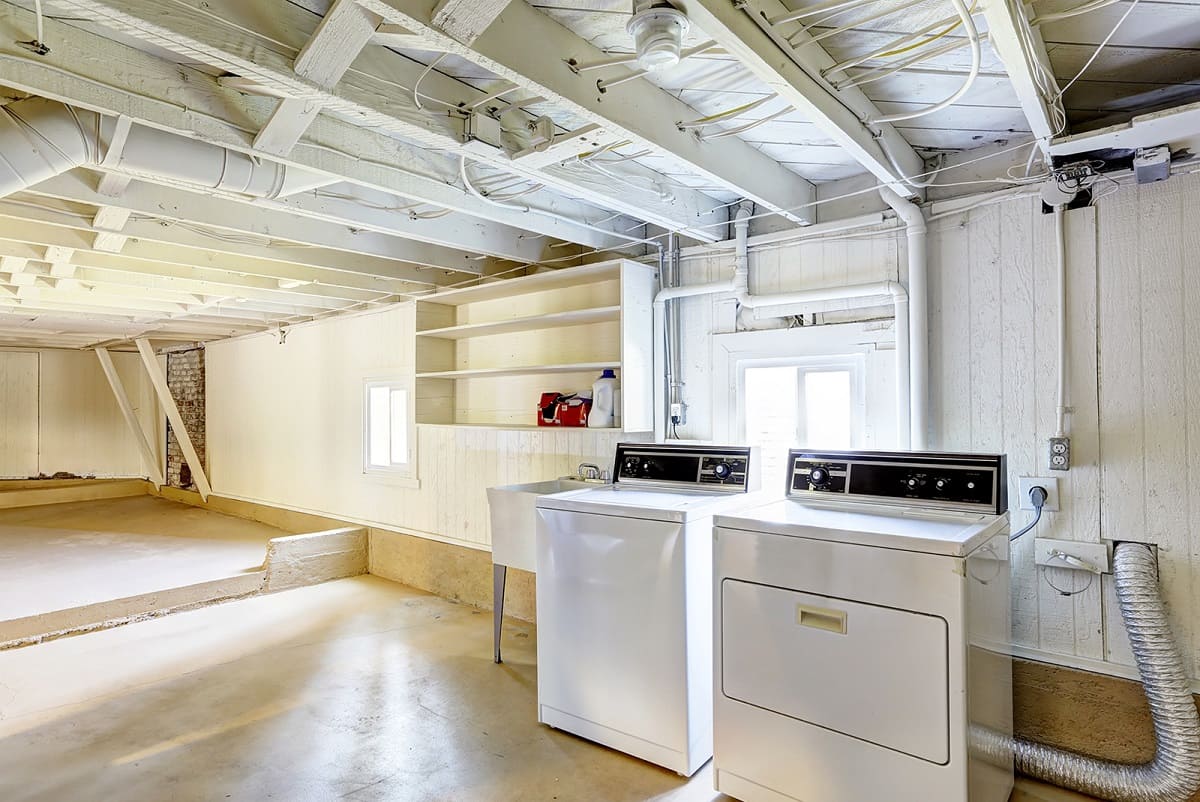
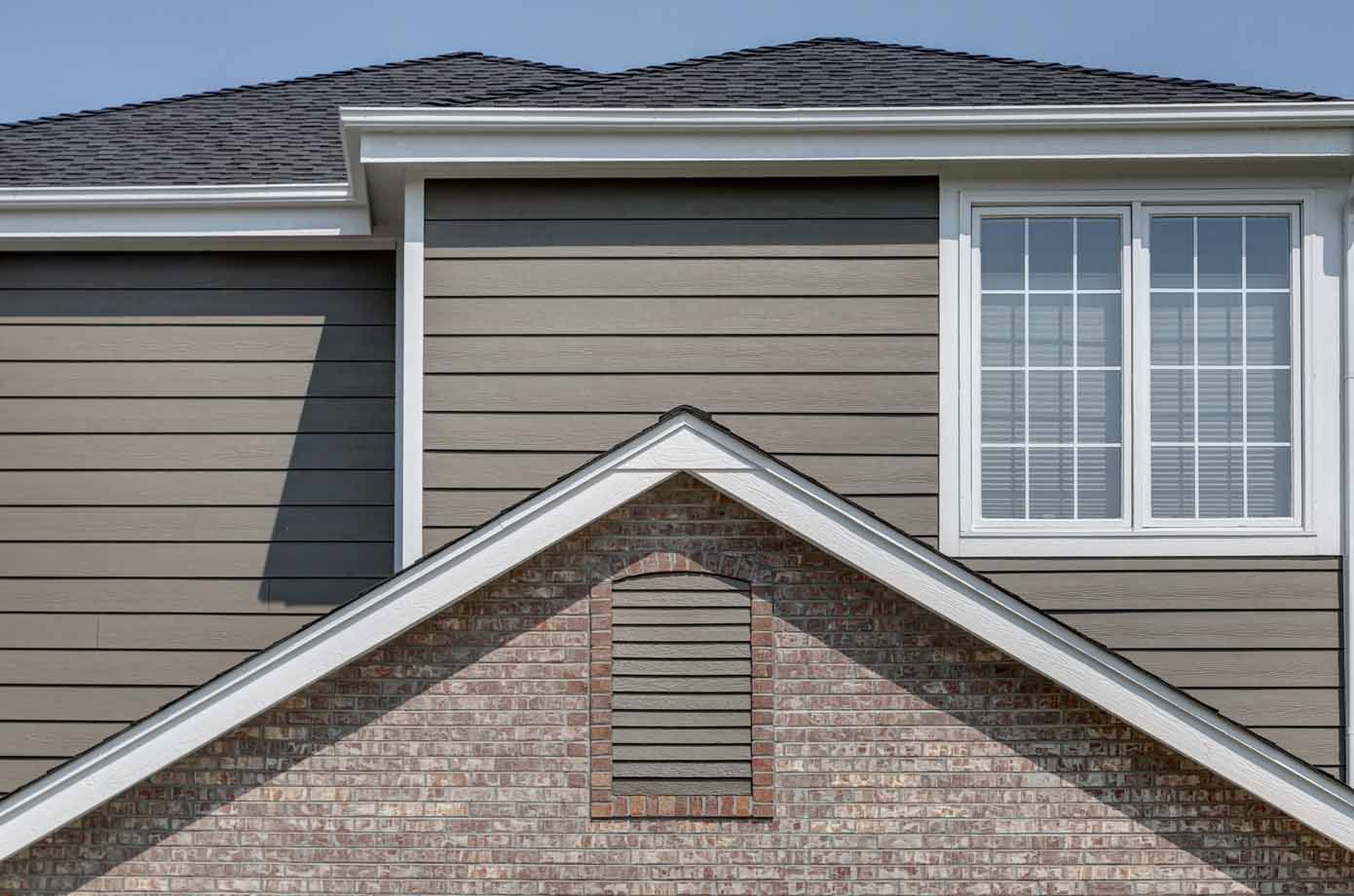
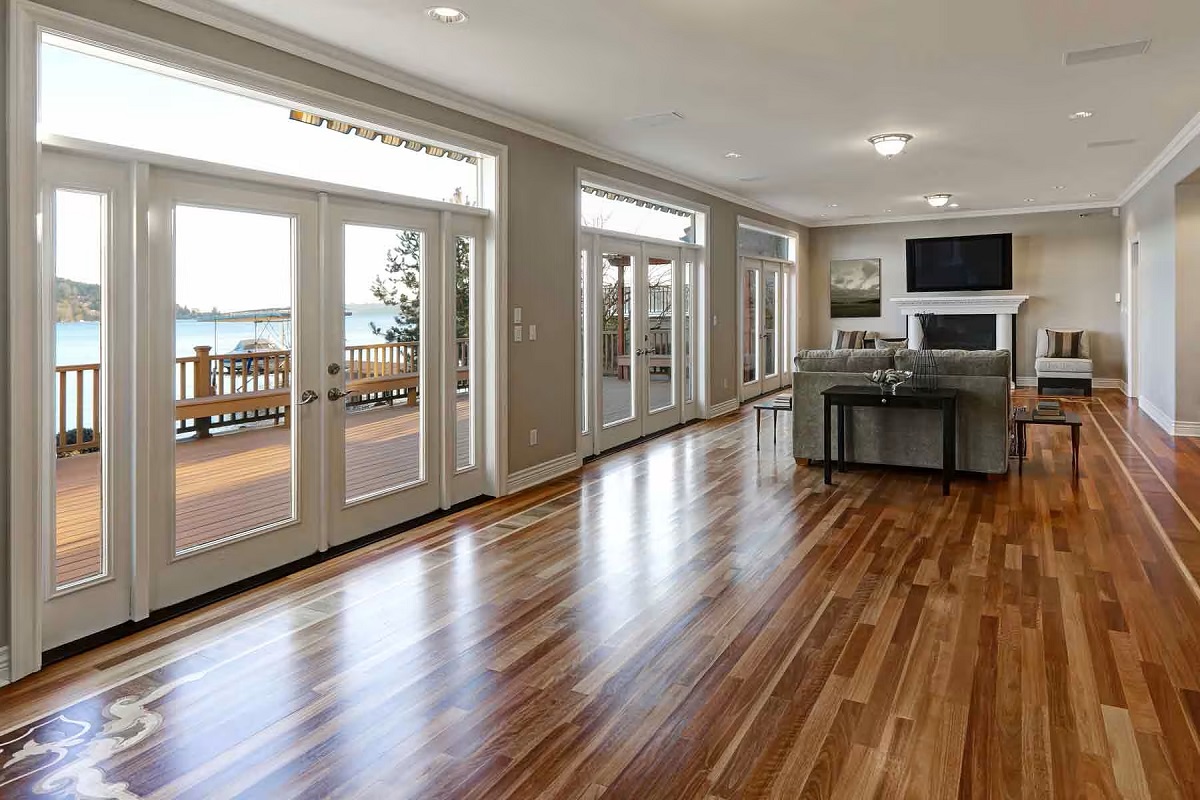
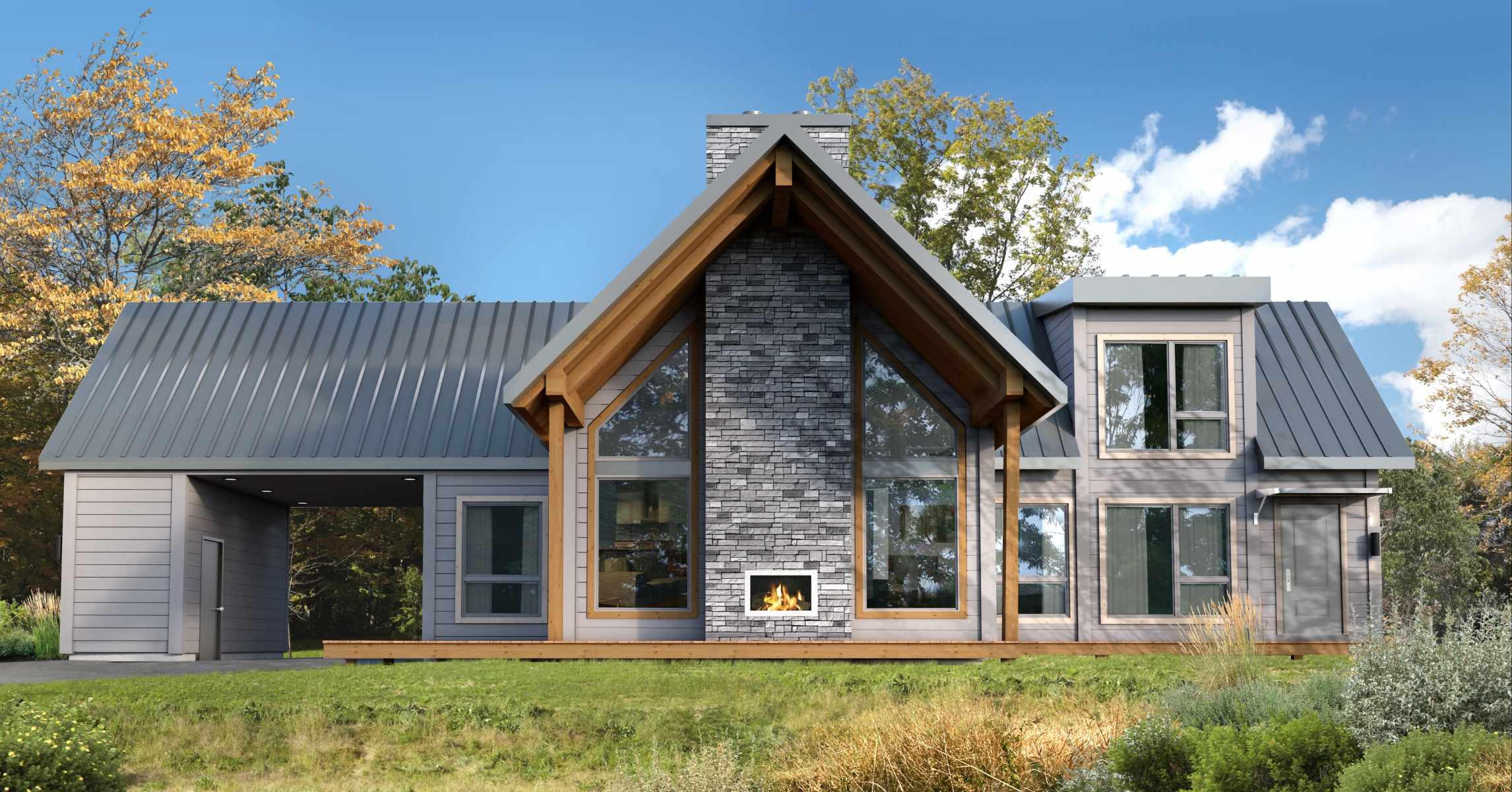
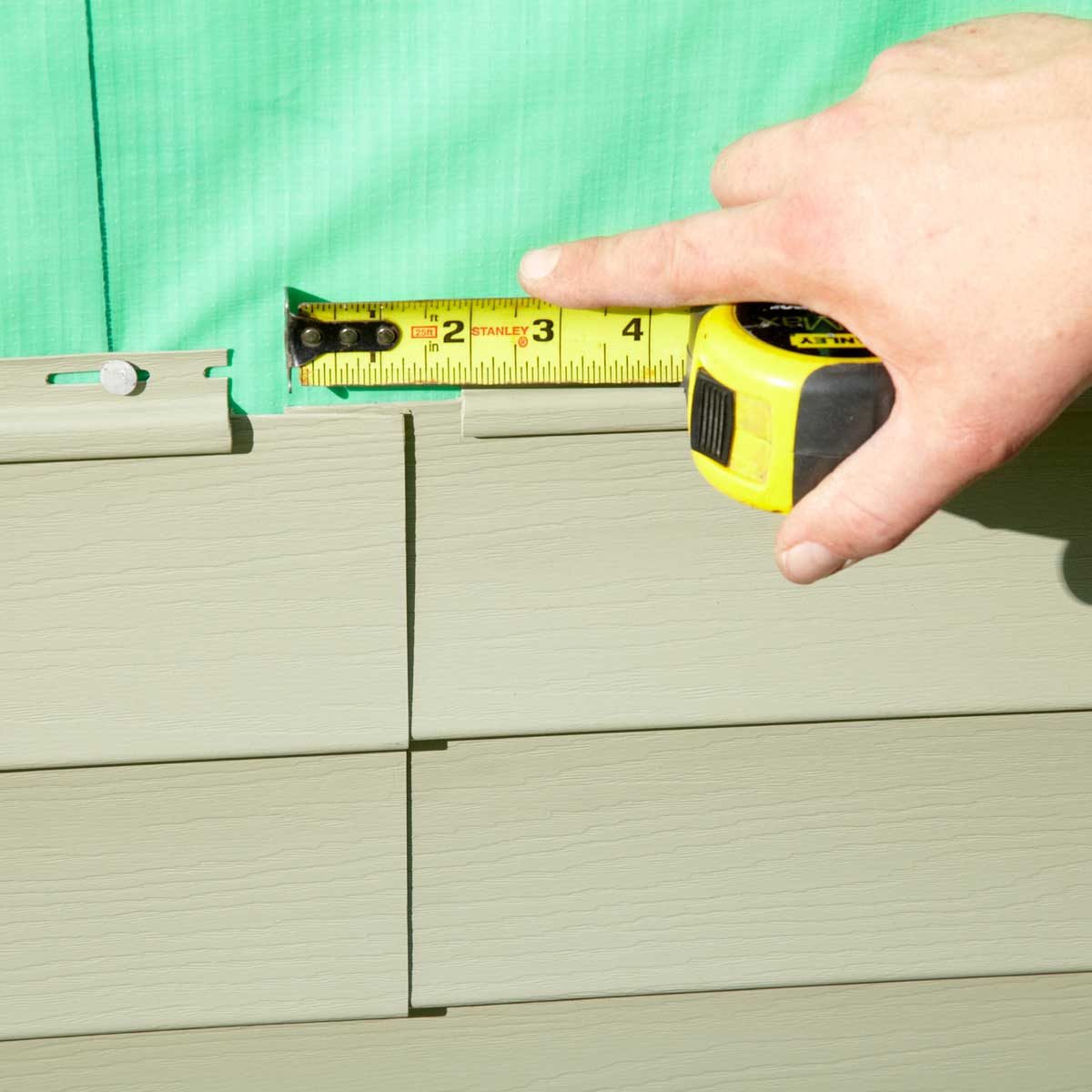
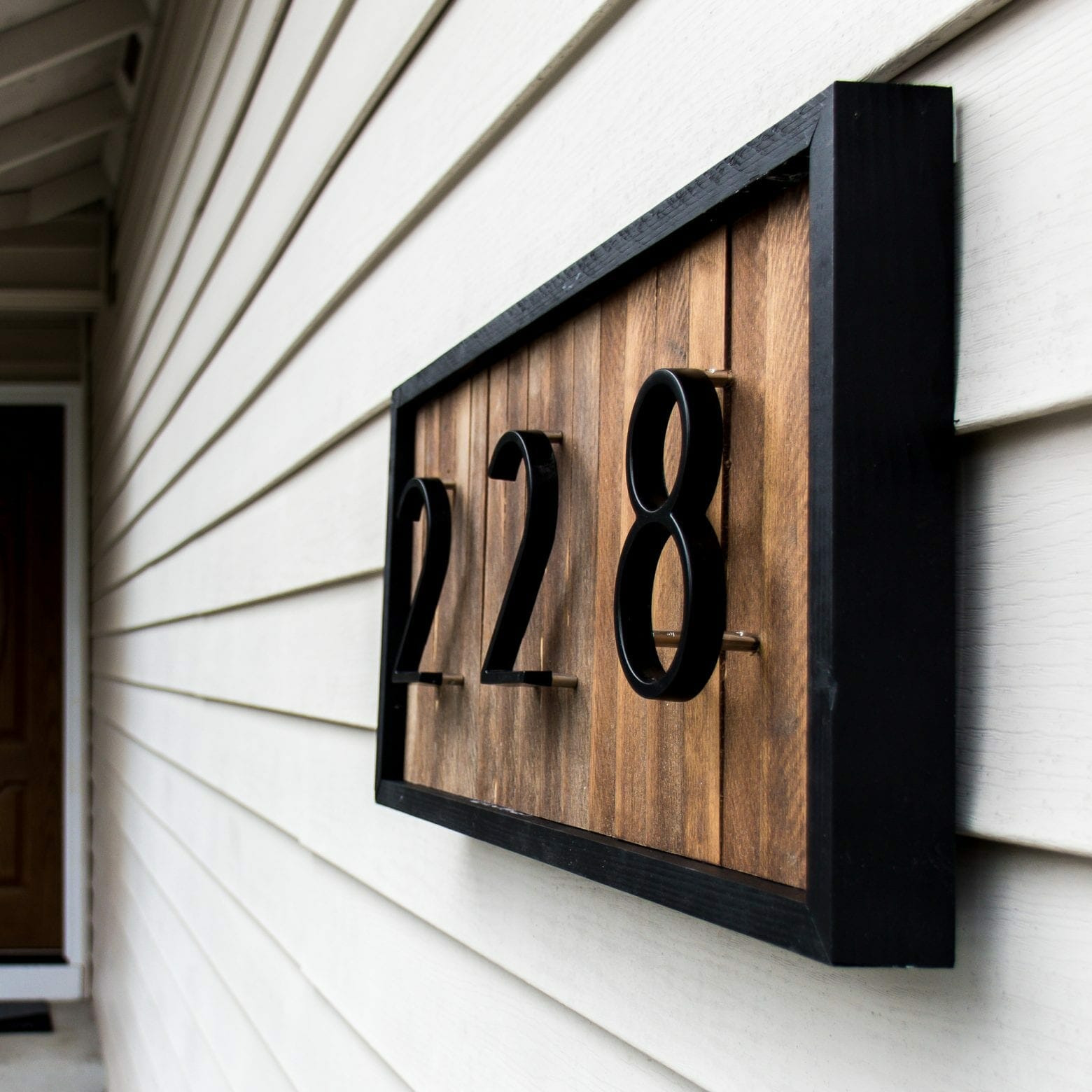
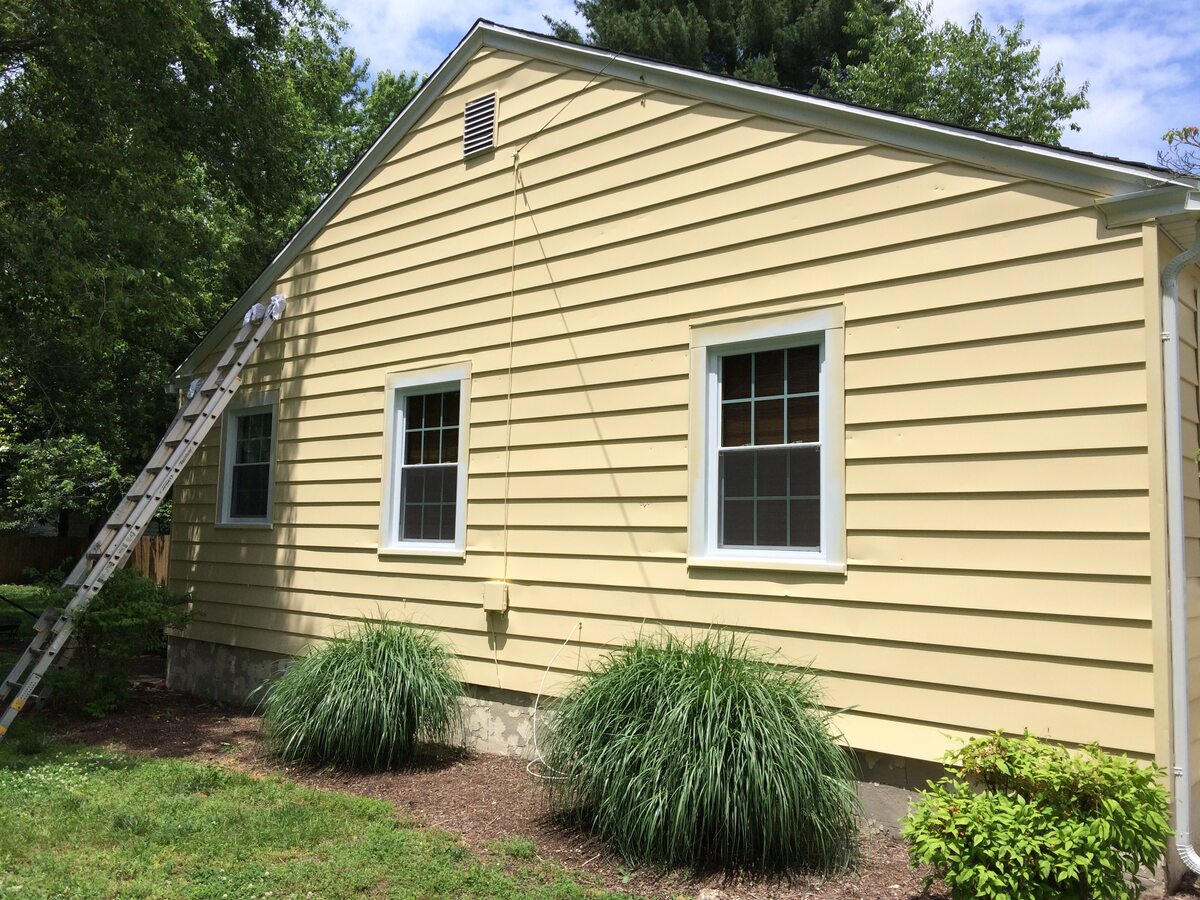
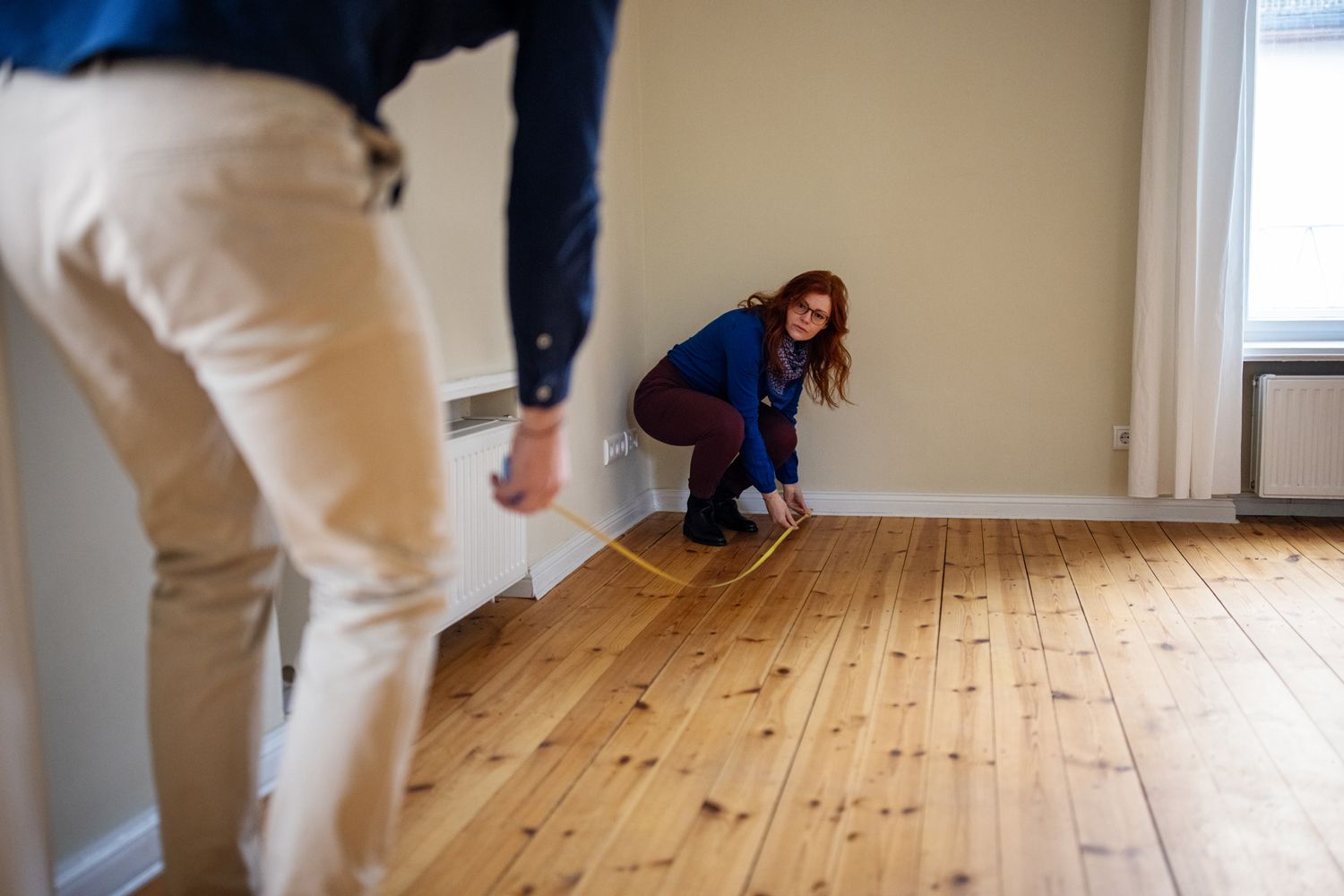
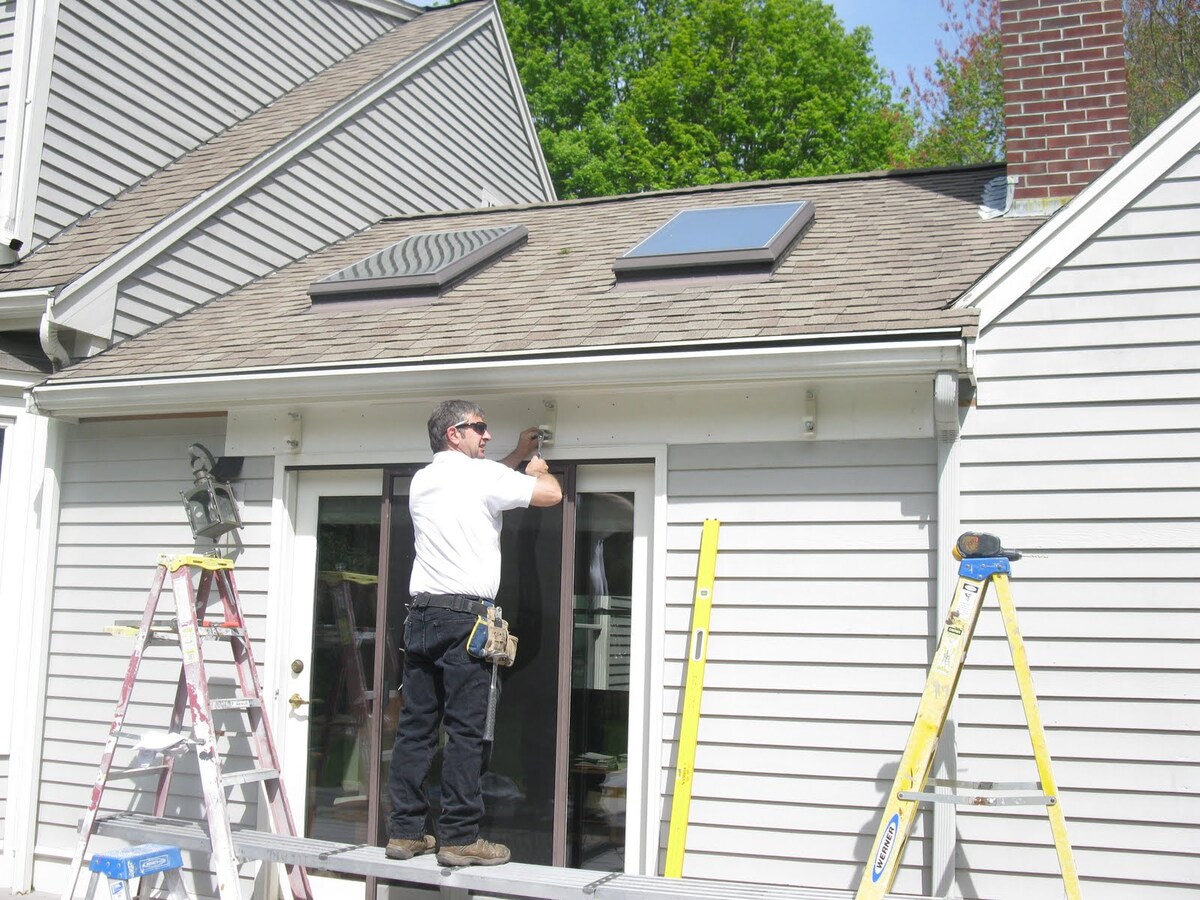
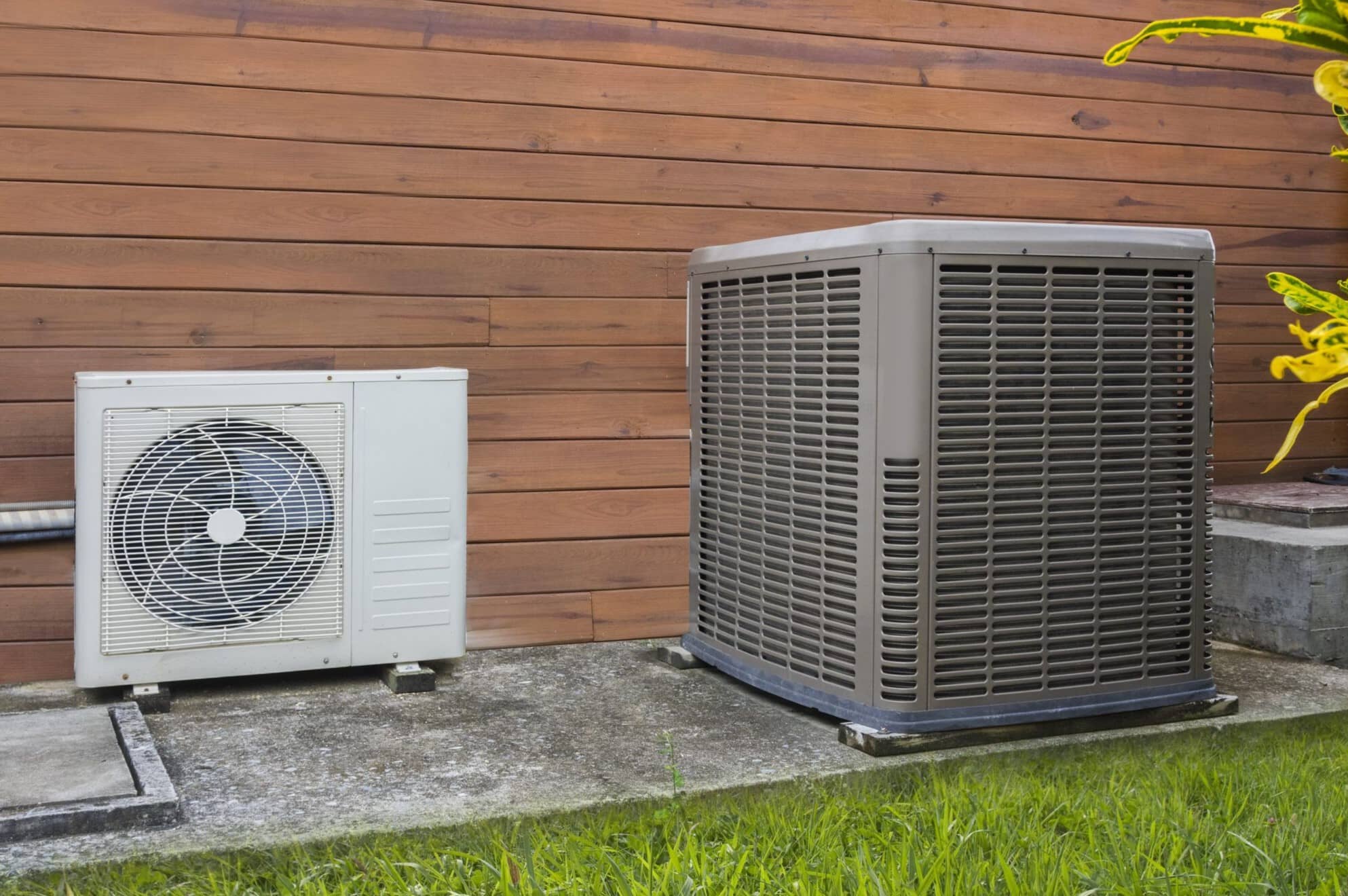
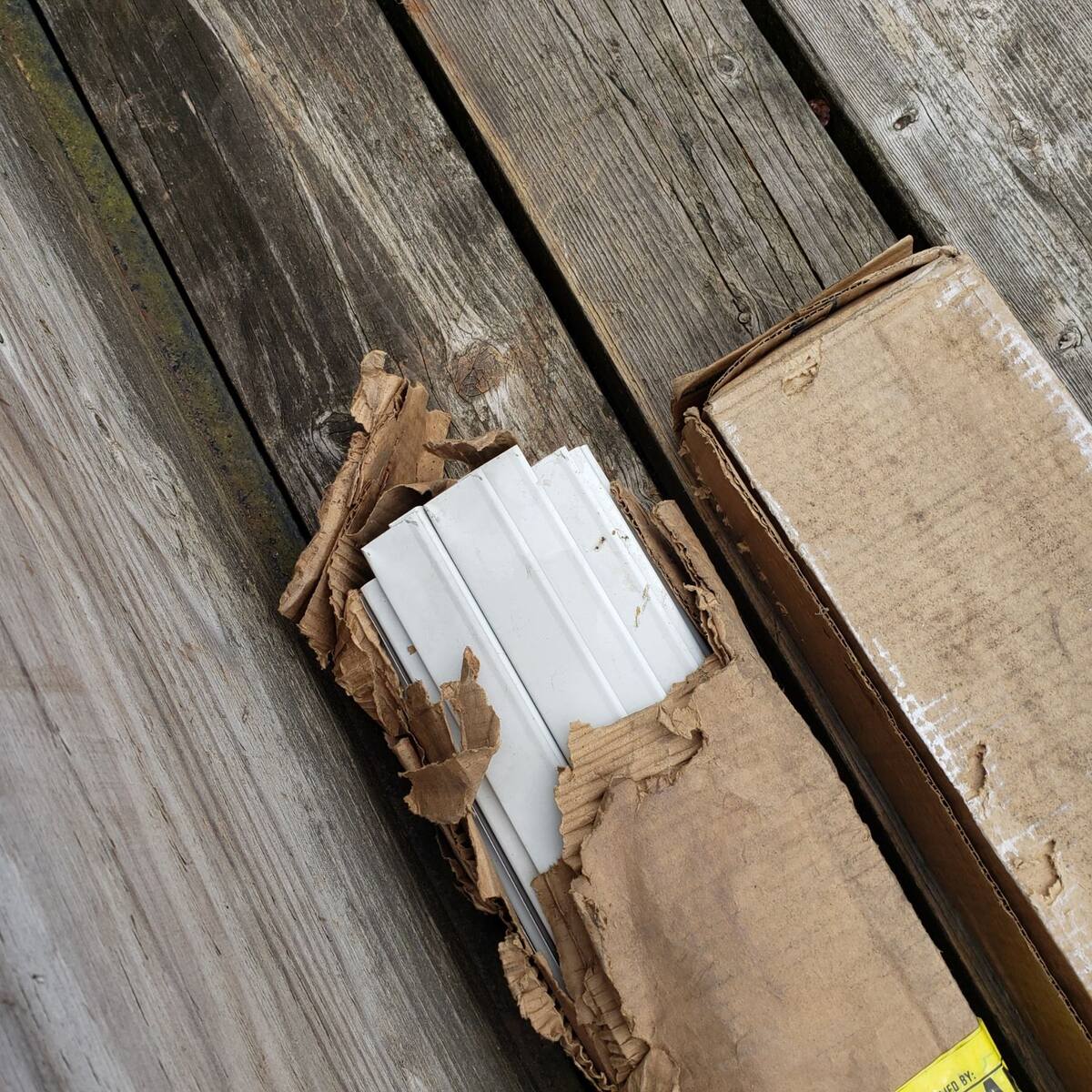
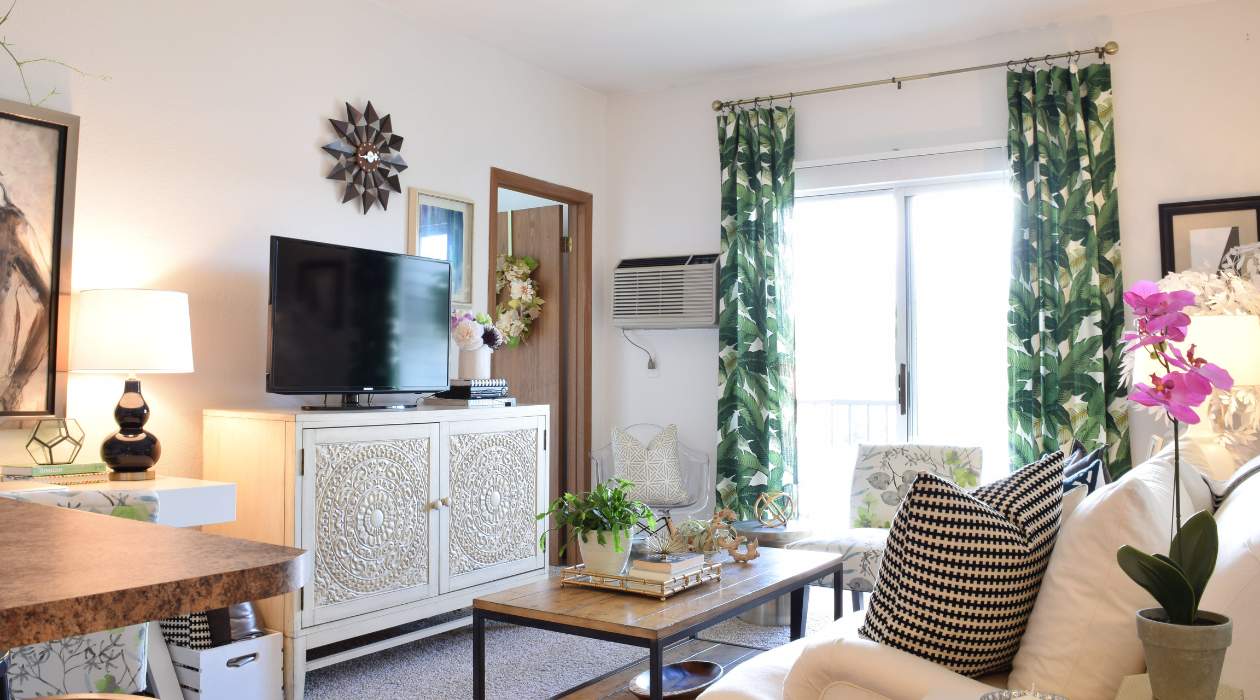
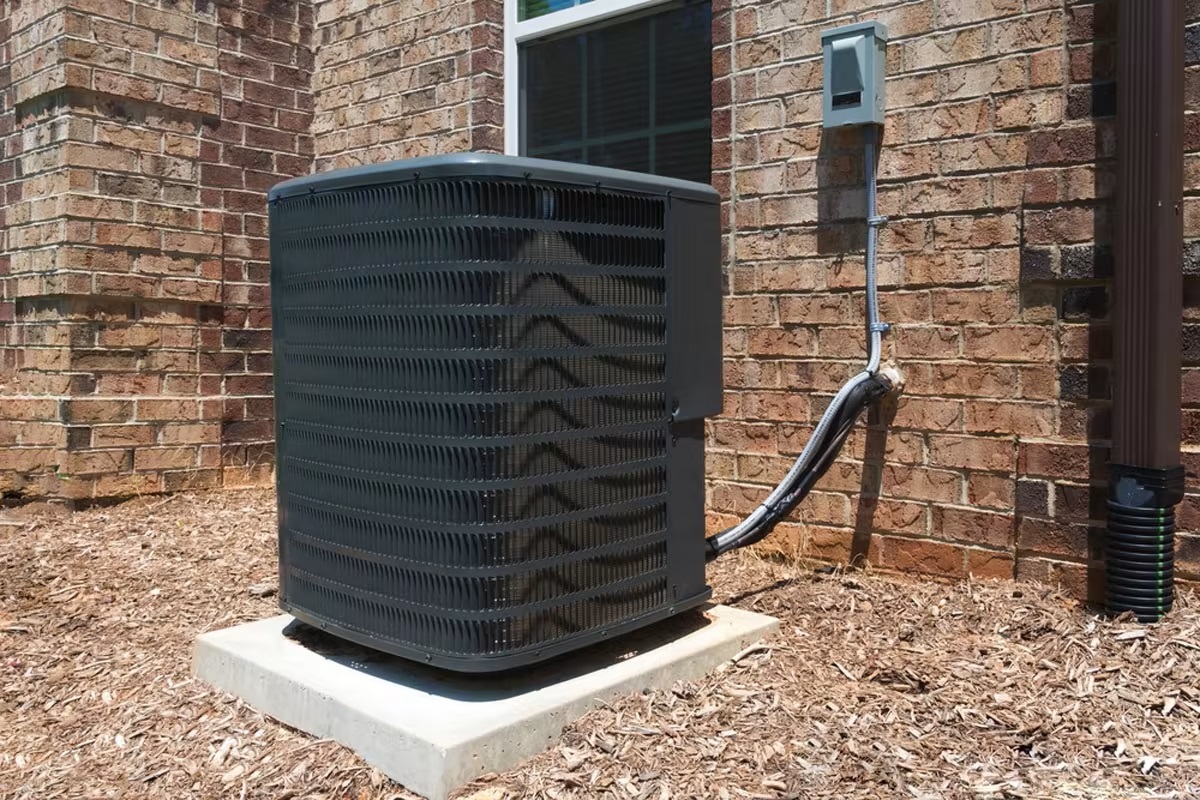

0 thoughts on “How Much Is Vinyl Siding For A 1500 Sq Ft House”